Did you know that abuse in relationships occurs in stages? It never starts right off the bat. It always starts slow and just when the victim is hooked with the bait of love bombing, romance quickly turns to toxicity. Understanding the stages of abuse in relationships can help us identify it and walk away before it escalates.
Abuse is often disguised as love
Abusive people can be really funny at times though. One moment they will tell you how much they love you and need you, and the very next moment they will break all your confidence by humiliating you, criticizing you and controlling you.
Sadly, sometimes people who claim to love and care for us are the ones who are most abusive towards us. This can be very confusing as the abuser may say things like –
“I’m doing this because I love you”
“I’m just trying to protect you.”
But, this is not what love is like. True love is unconditional. It is built with understanding, respect and kindness. A person who loves you will never hurt you intentionally. An abusive person, however, will manipulate and dominate you for their own personal gain regardless of how much that may hurt you.
Relationship abuse is a serious problem that affects millions of people around the world. It is not limited to physical violence, and can also take the form of emotional, psychological, and sexual abuse.
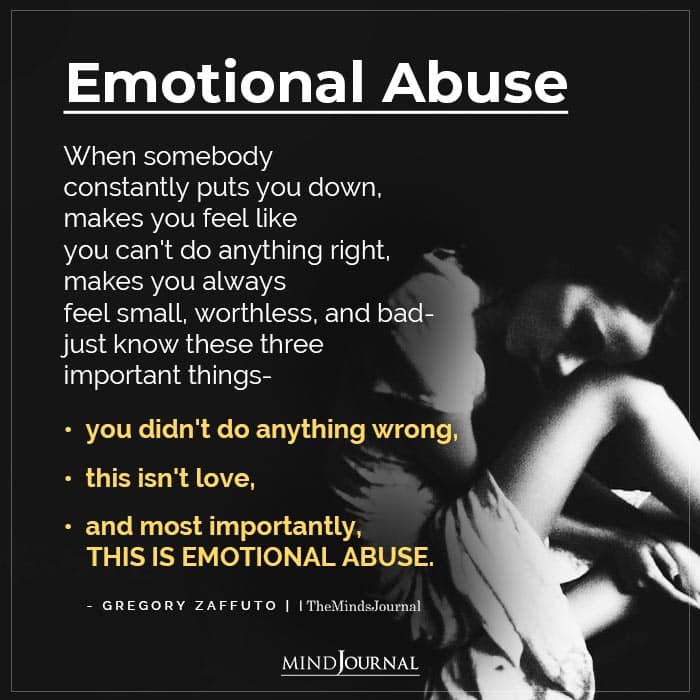
While there is no one-size-fits-all solution to ending relationship abuse, it is important that we as a society recognize the signs and take action to prevent it from happening in the first place.
One of the most critical steps we can take is to educate ourselves and others about what abuse actually looks like and how it develops in stages. The better we can identify the signs and patterns of controlling behavior, the more we will be able to protect ourselves and escape the clutches of the abuser.
Related: 7 Stages Of An Emotional Abuser’s Trap
4 Stages of abuse in relationships
Abusers typically follow a predictable pattern of behavior as they gain more control over their victims. There are several distinct stages that abusers will progress through to normalize abusive behavior and ensure their victim stays under their power.
So what are the stages of abuse? Let’s have a look at the four stages of abuse in relationships –
Stage 1: Idealization
This is the honeymoon phase at the start of an abusive relationship. During this stage, the abuser lavishes the victim with praise, gifts, compliments and grand promises for a perfect future together.
When a potential abuser first meets a victim, they make the victim feel special and beloved to gain their trust. At this stage, the victim feels they have met their “Prince Charming” or “soulmate.”
The abuser presents an idealized version of themselves that slowly fades away once abuse starts. The victim may overlook some concerning behavior over their excitement about the relationship.
Subtle control starts emerging through the abuser’s jealousy or disapproval of friendships and hobbies. This is one of the most subtle stages of abuse in a relationship.
Stage 2: Verbal abuse
Once the abuser feels the victim is sufficiently invested in the relationship, the abuse begins. This often starts with subtle verbal jabs, and eventually criticism, put-downs, name calling and insults become frequent.
Every flaw, mistake or disappointment spurns an abusive tirade from the abuser. They blame and degrade the victim relentlessly.
The abuser may pick at the victim’s appearance, abilities, or personality to slowly chip away at their self-esteem. Gaslighting emerges to make the victim question their own memory and perception of events.
The abuse escalates over time as the abuser tests boundaries and sees how much they can get away with. Verbal abuse lays the groundwork for more severe coercion and control.
Stage 3: Isolation
As verbal abuse intensifies, isolation begins. Contact with outside support networks is cut off one by one. The abuser will isolate the victim from friends and family who could offer support.
They may forbid contact with certain people, monitor phone calls and texts, limit outings, or find other ways to cut the victim off from independent relationships.
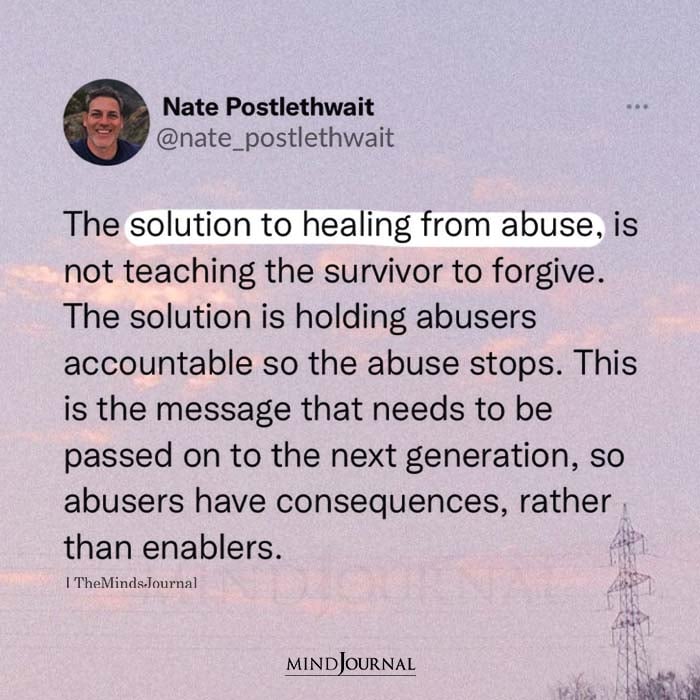
Isolation reduces outside influence and prevents the victim from seeing alternative perspectives. Isolation also allows the abuser to gain full control over the victim without outside interference.
Related: 12 Signs You Are Being Emotionally Abused
Stage 4: Physical abuse
Once the victim is isolated and sufficiently broken down, physical violence emerges. Typically beginning with hits, slaps, shoves, choking, beating or other assaults. Physical abuse is not just about violence but asserting power and domination over the victim. Any injuries are denied or blamed on the victim.
As physical violence becomes more frequent, the abuser gains confidence in their ability to exert power over the victim. By this point, the abuse has cycled through idealization, abuse, and increased control for so long that the victim feels completely trapped and helpless.
While most abusive relationships involve these four stages of abuse in relationships, some abusers may progress to severe beatings and torture leading to the rare and additional stage of sadism to achieve total control.
The final stage: Sadism
Some abusers may derive pleasure from inflicting pain and suffering on their victim. This can include severe beatings, torture, forced acts, mutilation, etc. They may attack the victim with dangerous objects, assault them for long periods of time, or force them to endure humiliating and degrading acts.
The sadist abuser derives thrill from total control and domination over the victim, using them merely as an object for abuse.
Most abusers typically do not progress to this sadistic stage, but for those that do, it represents a point of no return in terms of the psychological and physical harm done to the victim. It represents a total loss of humanity in the abuser.
Not all abusive relationships progress through each of these four stages, but they represent a grim cycle of control, coercion and trauma. While these are the common stages of abuse in relationships, the cycle of abuse may involve a variation of these stages.
Related: The Narcissist’s Cycle Of Abuse
Stages in the cycle of abuse
A cycle of abuse refers to a repeating pattern of violence and abuse that occurs in abusive relationships. It typically involves the following four stages:
Stage 1: Tension building
The first stage of relationship abuse is characterized by a buildup of tension between the partners. This is the period of relative calm between abusive incidents where tension builds up and minor abuse like verbal abuse, emotional abuse, or manipulation occurs.
In the tension-building phase, the abuser becomes increasingly irritable, critical, moody, easily angered and controlling. They may use verbal or emotional abuse to assert their power and control over their partner.
The victim may try to keep the peace by avoiding conflict, being overly accommodating, or walking on eggshells around the abuser. During this stage, the victim may feel anxious, scared, or on edge, but may not recognize the behavior as abusive. Tension builds up as the next abusive incident looms.
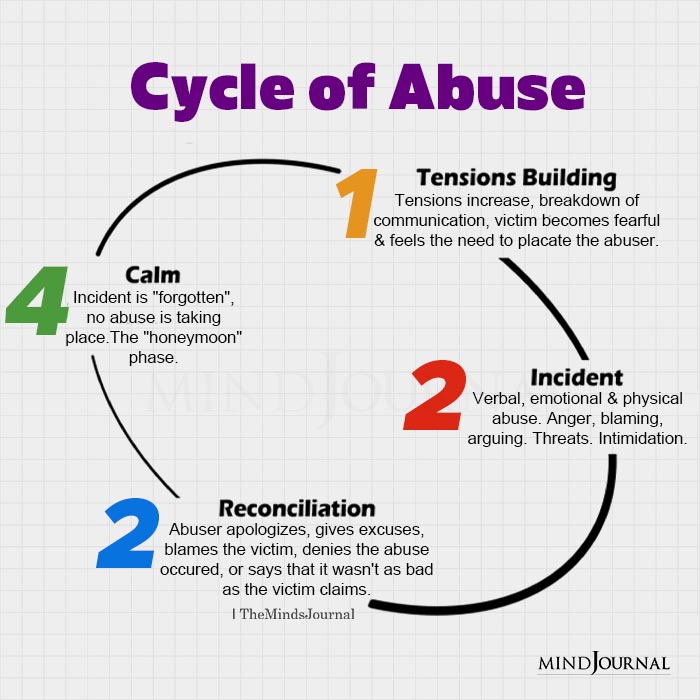
Stage 2: Explosive incident
This is the crisis period where a major abusive incident occurs like physical violence, sexual assault, or severe intimidation. The tension reaches a breaking point and the abuser may physically, emotionally, or sexually assault their partner. The incident may be triggered by a minor disagreement, a perceived slight, or a stressful event.
The abuser may lose control and lash out violently. This may include hitting, choking, or otherwise physically harming them. The victim may feel shocked, traumatized, or physically injured as a result of the incident. Severity tends to increase over cycles.
Related: How A Narcissist Plays You And How Their Cycle Of Abuse Works
Stage 3: Reconciliation
After the explosive incident, the abuser may feel remorse and apologize to their partner, entering the honeymoon phase once again. During this phase, the abuser may be loving, attentive, and may promise to change their behavior.
They will make grand promises and gestures to win the victim back. They will also profess deep love and remorse, giving hope to the victim that the relationship can go back to normal.
The victim may feel relieved that the abuse has stopped and may believe that the abuser is sincere in their desire to change. The abuser may try to make up for their behavior by buying gifts, doing chores, or being overly affectionate. However, this stage is often short-lived, and the abuse may start again soon after.
Stage 4: Calm
The final stages of abuse in relationships is the calm phase, which is a temporary period of no abuse. During this stage, the tension between the partners dissipates, and the relationship may seem to return to normal.
The victim feels that things have really changed this time. But eventually the tension starts building again and the cycle of violence begins again with the tension-building stage. The victim may feel confused, trapped, or helpless, and may struggle to leave the abusive relationship.
Escaping the cycle
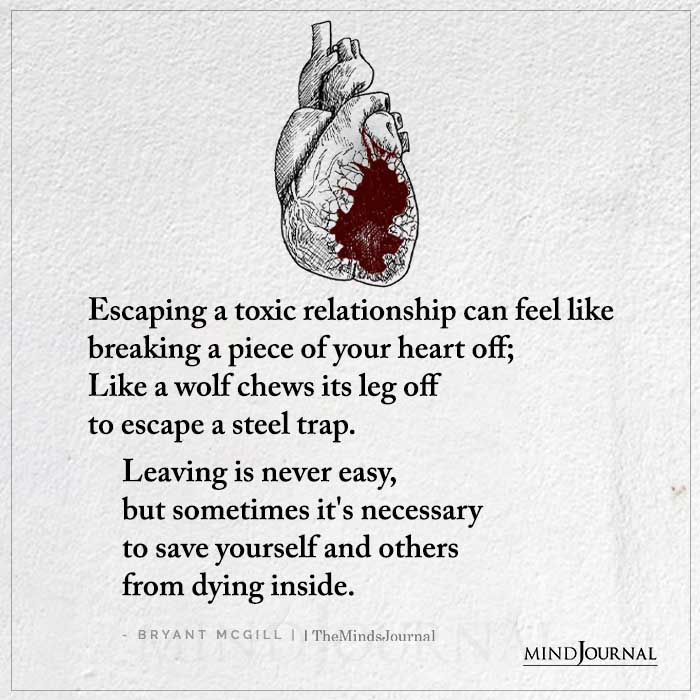
Relationship abuse is a complex and insidious problem that affects many people. Unfortunately, escaping an abusive relationship is extremely difficult. But with enough drive, support, and help, many victims are able to free themselves from the grip of control and abuse.
Recognizing the stages of abuse, especially early on, is important. Gaining outside perspectives, planning for escape, using resources, building support networks, and knowing there are alternatives to staying in a dangerous relationship can give victims the strength and means to leave abuse behind for good.
While breaking the cycle of abuse is hard, a life without abuse is always the better choice.
If you or someone you know is experiencing relationship abuse, there are resources available for help, including hotlines, counseling services, and legal assistance. Remember, no one deserves to be abused, and there is always hope for a better future.
Disclaimer: This article is for informational purposes only and is not intended as a substitute for professional mental health advice, diagnosis, or treatment. While we strive for accuracy, we do not guarantee the completeness or reliability of the information provided. Readers should always seek guidance from a qualified mental health professional for any concerns regarding their mental well-being.
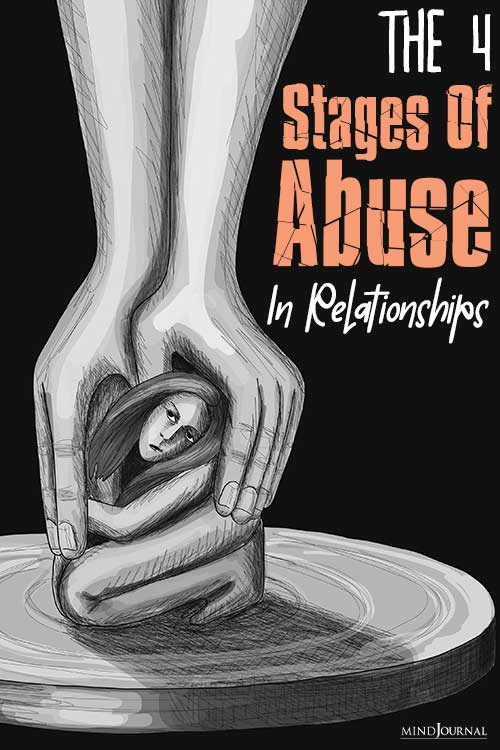
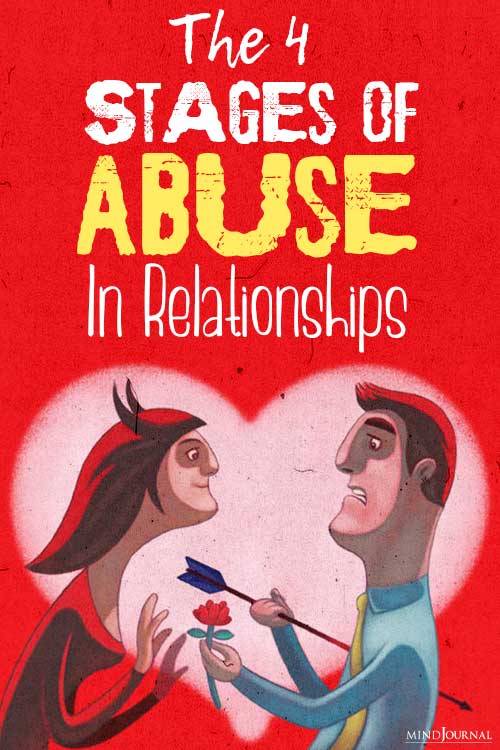

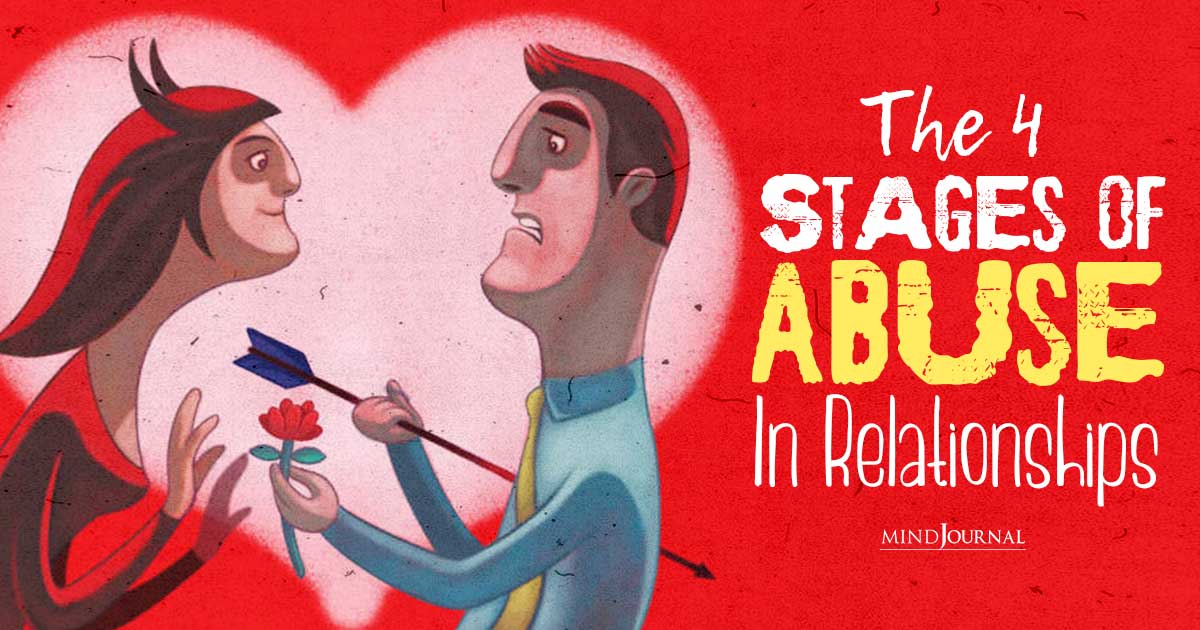


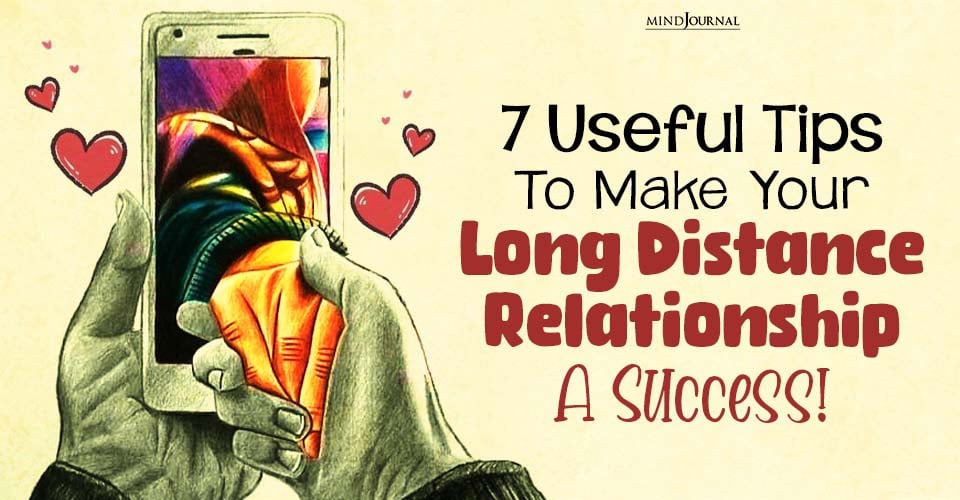
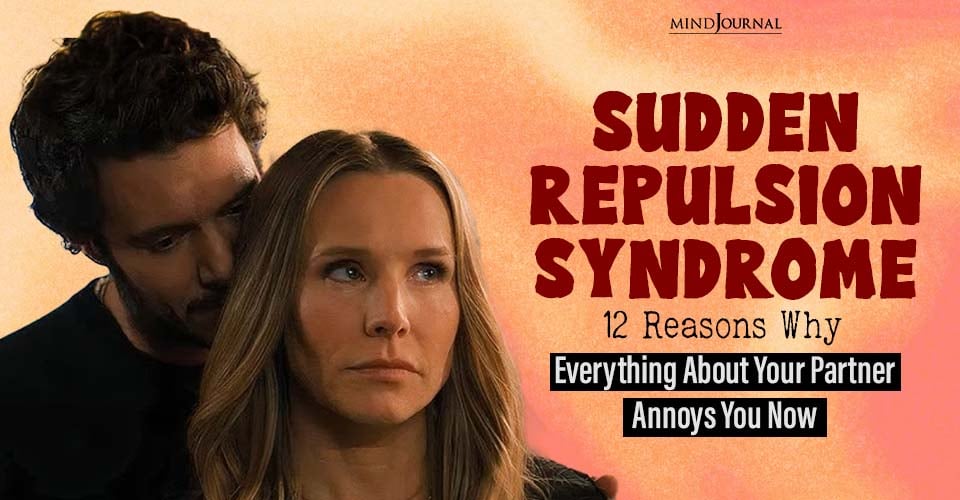
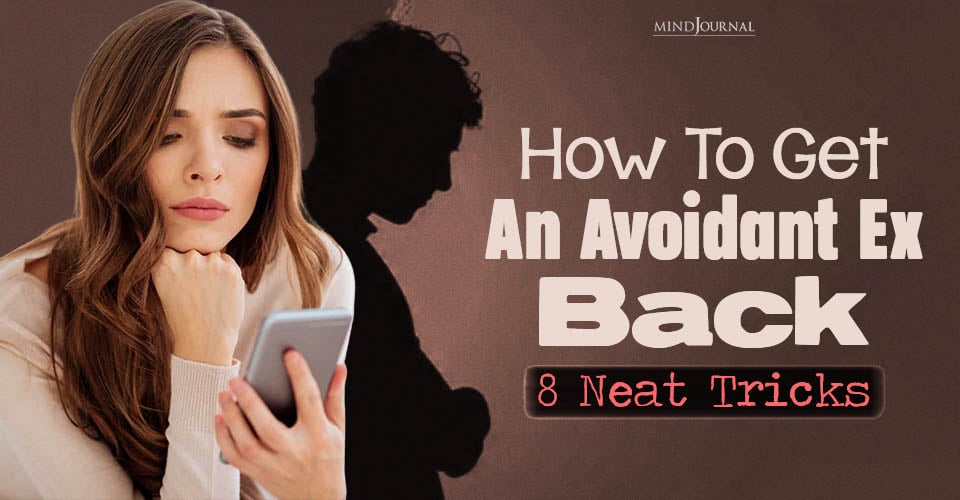

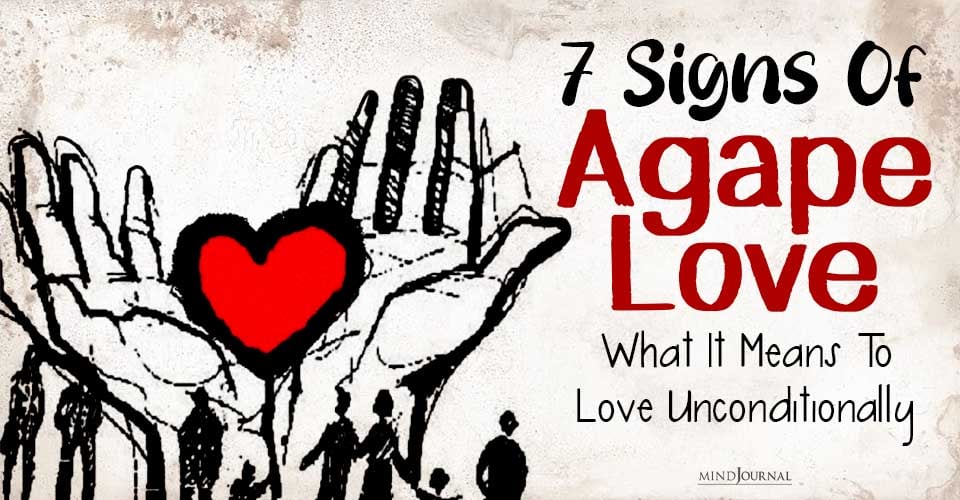
Leave a Reply